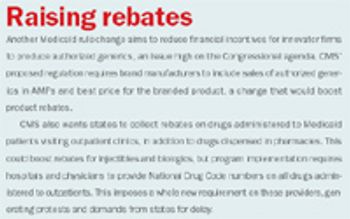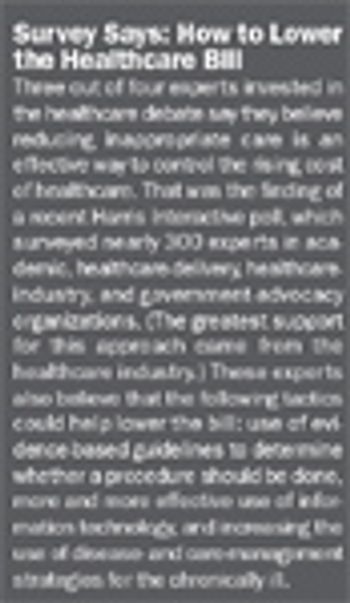
Promising drugs failed to deliver at this year's American College of Cardiology meeting.

Promising drugs failed to deliver at this year's American College of Cardiology meeting.

High-profile, quick-growing IBS drug shelved because of cardio risks.

New technology could revolutionize meningitis strategy in the developing world.

PHARM EXEC ASIA PACIFIC MEDIA KIT

If the uk's office of fair trading (OFT) is to be believed, Brits are overpaying for their medicines to the tune of ?500 million a year. That's the conclusion the OFT came to in its long-awaited report on the Pharmaceutical Pricing Regulation Scheme (PPRS), the arcane method by which drug prices are set in the United Kingdom.

Value-based medicine is tremendously helpful if you've got a good drug. It could guide R&D, price decisions, and marketing. But most companies don't have all the clear winners.

There are whistleblowers who bring wrongdoing to light. But there are also whistleblowers whose main complaint is "I should have won." FDA seems to suffer from a serious oversupply of the second sort.

All the hoopla about Medicare drug prices is overshadowing the real action in pharmaceutical pricing: a less-noticed exercise that aims to reduce reimbursement for medicines purchased by state Medicaid programs. Retail pharmacists say the proposed changes will put them out of business, and pharmacy benefit managers (PBMs) fear an end to discount negotiations.

Inappropriate care may account for 25 to 30 percent of the US healthcare bill. Former NEJM editor Arnold Relman used to write that if we could eliminate the unnecessary care, we could save enough to insure all the uninsured.

Changing nature of disease, market pressures shape how companies communicate about HIV drugs.

Costs of pediatric clinical trials are on the rise -- but companies forge ahead.

No surprises here: Medicare, emerging markets boost drug sales--but mostly generics.

Merger with Organon strengthens late-stage pipeline.

A second state is looking to hold down drug costs by going after data collectors.

Drug giant streamlines professional advertising but remains coy about sales force headcount.

Swiss drug maker gears up to launch first in class Tekturna.

Pharma is forging more partnerships with technology companies to extend patent life.

Third regulatory delay highlights difficulty of developing weight loss products.

HRT franchise grows despite lawsuits, new safety fears.

There are good reasons why we shouldn't permit lifestyle drugs on the market. But as a society, we've already shown that those reasons don't mean much to us.

Critics asked for a reevaluation of new drugs a year after launch. FDA's plan to issue report cards on new drugs responds to that demand-but not completely.

For several decades, conventional wisdom in the pharmaceutical industry has held that a large sales force is the key to commercial success. However, in recent years, a number of warning signs have emerged about the effectiveness and long-term viability of this expensive asset. While few are saying it publicly, a number of pharma executives are now exploring the possibility that it could be only a matter of time before the industry's dependence on personal selling comes to an end.

Partnerships with US drug firms haven't always worked out the way Japanese companies would have liked.

Companies like Amgen, J&J launch DTC efforts to raise awareness of biologics.

Merck ends controversial lobbying campaign for HPV vaccine, but was it the right move?


Drug giant is streamlining R&D to focus on five disease areas--three of them new.

First-ever Advance Market Commitment offers guaranteed price for vaccines in poor countries.

CSL Biotherapies hires branding agency to prepare for possible product launch later this year.